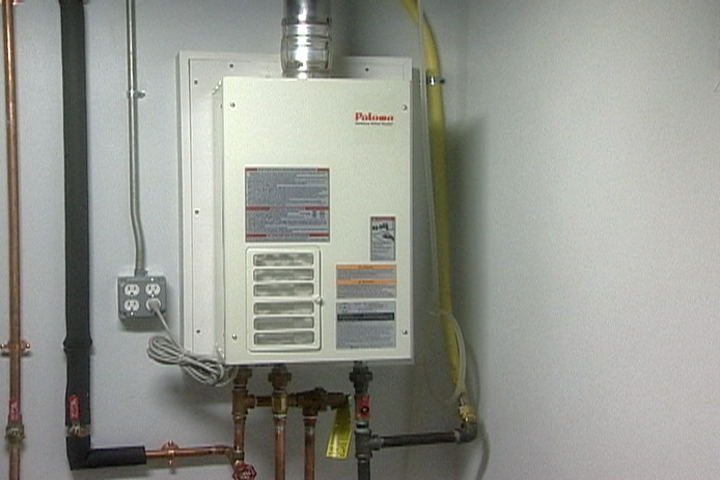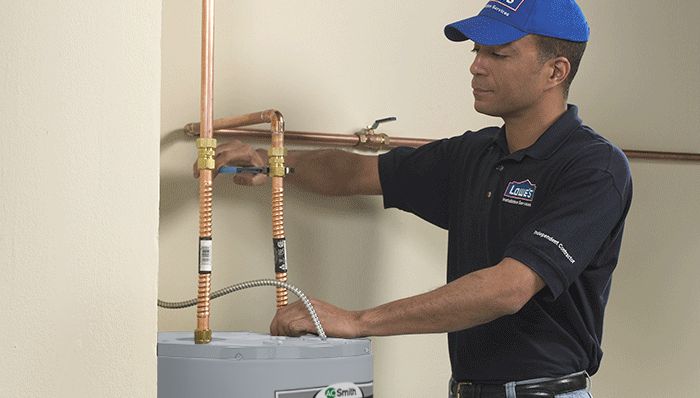Maintaining Your Home's Hot Water System: Essential Guidelines
Maintaining Your Home's Hot Water System: Essential Guidelines
Blog Article
What are your opinions about How to Maintain a Hot Water Heater in a Few Simple Steps?

Hot water is vital for everyday convenience, whether it's for a revitalizing shower or cleaning dishes. To ensure your warm water system runs effectively and lasts much longer, regular maintenance is key. This short article provides practical tips and insights on exactly how to keep your home's warm water system to stay clear of disruptions and costly repair services.
Introduction
Maintaining your home's warm water system could seem complicated, but with a few easy actions, you can ensure it runs smoothly for several years ahead. This guide covers every little thing from comprehending your hot water system to DIY upkeep suggestions and knowing when to call professional assistance.
Importance of Keeping Your Hot Water System
Normal upkeep not only expands the life-span of your hot water system yet likewise guarantees it operates effectively. Overlooking maintenance can lead to lowered efficiency, greater energy costs, and also premature failing of the system.
Signs Your Warm Water System Demands Maintenance
Knowing when your hot water system requires interest can stop significant issues. Watch out for signs such as inconsistent water temperature level, unusual noises from the heater, or corroded water.
Understanding Your Warm Water System
Before diving into maintenance jobs, it's helpful to recognize the basic elements of your warm water system. Usually, this consists of the water heater itself, pipes, anode poles, and temperature controls.
Regular Monthly Upkeep Tasks
Routine monthly checks can assist catch small problems before they rise.
Purging the Water Heater
Flushing your hot water heater gets rid of sediment accumulation, boosting performance and lengthening its life.
Checking and Replacing Anode Rods
Anode rods avoid rust inside the storage tank. Evaluating and replacing them when broken is important.
Evaluating and Adjusting Temperature Settings
Changing the temperature level settings guarantees optimal performance and security.
Do It Yourself Tips for Maintenance
You can execute a number of upkeep jobs on your own to keep your warm water system in leading condition.
Looking for Leaks
Regularly inspect pipes and links for leakages, as these can cause water damages and greater costs.
Evaluating Pressure Alleviation Valves
Checking the stress safety valve ensures it functions correctly and avoids excessive pressure build-up.
Shielding Pipes
Insulating hot water pipes reduces warmth loss and can conserve power.
When to Call an Expert
While DIY maintenance is useful, some problems require professional proficiency.
Complicated Problems Requiring Professional Aid
Instances include significant leaks, electric issues, or if your water heater is regularly underperforming.
Regular Expert Maintenance Benefits
Specialist upkeep can include thorough examinations, tune-ups, and making sure compliance with safety and security requirements.
Verdict
Routine upkeep of your home's warm water system is vital for efficiency, long life, and expense savings. By complying with these suggestions and recognizing when to seek specialist assistance, you can ensure a reliable supply of hot water without unanticipated interruptions.
How to Maintain an Instant Hot Water Heater
Before tinkering with your hot water heater, make sure that it’s not powered on. You also have to turn off the main circuit breaker and shut off the main gas line to prevent accidents. Also turn off the water valves connected to your unit to prevent water from flowing into and out of the appliance. 2. When you’re done, you have to detach the purge valves’ caps. These look like the letter “T†and are situated on either side of the water valves. Doing so will release any pressure that has accumulated inside the valves while at the same time avoid hot water from shooting out and burning your skin. 3. When the purge valves’ caps are removed, you have to connect your hosing lines to the valves. Your unit should have come with three hoses but if it didn’t, you can purchase these things from any hardware or home repair shops. You can also get them from retail stores that sell water heating systems. Read the user’s manual and follow it to complete this task properly. When the hosing lines are connected, open the purge port’s valves. 4. You should never use harsh chemical cleaners or solutions when cleaning your unit. Make use of white vinegar instead. It should be undiluted and you’ll probably use about 2 gallons. 5. Now flush your water heater. This task should probably take about 40 minutes. We can’t give you specific directions for this because the procedure is carried out depending on the type, model and brand of your heater. With that being said, refer to the user’s manual. 6. When you’re done draining the unit, you have to turn off the purge port valves again. Remove the hosing lines that you earlier installed on each of the water valves. Put the valve caps (purge port) back in their respective places and be very careful so as not to damage the rubber discs that are found inside these caps. 7. Now that everything’s back in place, check your user’s manual again to find out how to reactivate your water heating system. 8. Once it is working, turn one of your hot water faucets on just to let air pass through the heater’s water supply pipes. Leave the tap on until water flows smoothly out of it. https://www.orrplumbing.com/blog/2014/september/how-to-maintain-an-instant-hot-water-heater/

I am just very fascinated by Tips on Maintaining a Water Heater and I hope you liked the blog post. Make sure you take the opportunity to promote this blog post if you liked it. We truly appreciate reading our article about Tips on Maintaining a Water Heater.
Apply Now Report this page